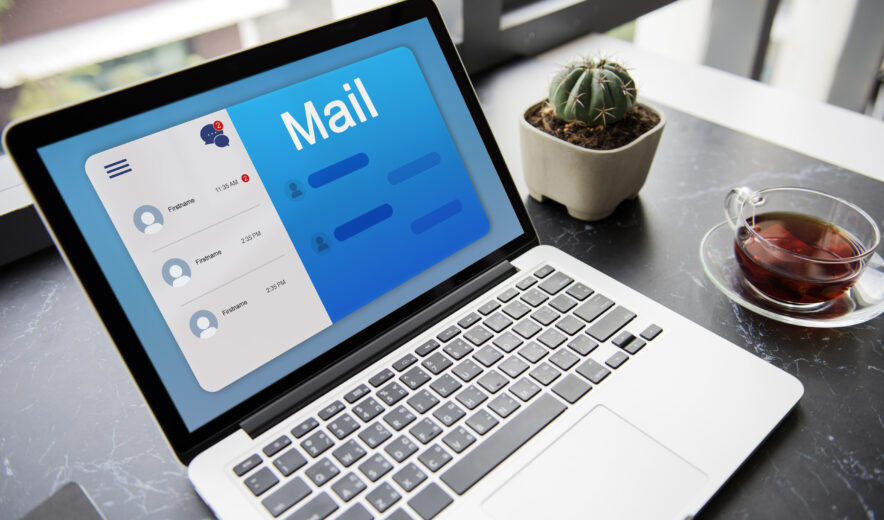Understanding SPF and DKIM to Improve Email Deliverability
Are you worried about emails getting altered in transit between the sending and recipient servers? Emails can play a critical role in acquiring and retaining customers but only if you know how to use the fundamental components of email authentication. The rising number of hackers and malicious emails from them has put even trusted brands at risk. The digital marketing industry has developed a new tool to implement in your DNS to authenticate emails from your domain to address this issue.
When you send an email, you need to maintain a particular set of protocols to establish your identity, such as Domain-Based Message Authentication, DomainKeys Identified Mail (DKIM), Sender Policy Framework (SPF), Conformance (DMARC), and Reporting. By following these protocols, you can maintain the right email authentication identity needed for the best deliverability. Moreover, it helps send additional trust to email inbox providers, protecting your domain from being spoofed, thus increasing your domain reputation.
What is DKIM, and why is it important?
DKIM is an email security standard that has been designed to make your emails appear more legitimate to your recipients so that they do not end up in the spam folder. It also protects your domain from spoofing and campaigns from phishing. Using DKIM helps improve your sender reputation, as well as ISPs. Thus, you can use it to build a reputation in your domain over time. As DKIM reduces your spam and bounce rate with high engagement, your domain develops an excellent sending reputation with ISPs, which improves deliverability. DKIM is compatible with all existing email infrastructure and works with SPF and DMARC to create multiple security layers for domains sending emails.
You can generate the private and public keys on your own with your mail server as well. When a message is sent, it creates a hash from the message headers’ content and then uses the private key to sign the hash and validate the message. The signature gets computed and added to the outgoing email headers to assure that the message has not been modified in transit. The public key decrypts the encrypted hash sent, and the receiving mail server then computes its hash. If both the hash match, the message is let through.
It adds a digital signature to the headers of email messages to validate against a public cryptographic key located in the organization’s DNS record. As the domain owner publishes a cryptographic key, it gets formatted as a TXT record in the domain’s overall DNS record. After an outbound mail server sends a message, the server generates and attaches the unique DKIM signature to the message’s header. Inbound mail servers then use the DKIM key to detect and decrypt the message’s signature and compare it against a new version. If the values match, the message is proven to be authentic and unaltered in transit.
What is SPF, and how does it work?
SPF is another form of the email authentication process used to validate an email message sent from an authorized mail server to prevent spam and detect forgery. It allows the owner of a domain to identify exactly which mail servers they can send from SPF protocols. SPF creates a method for receiving mail servers to ascertain that incoming email from a domain was sent from a host authorized by that domain’s administrators.
As a domain administrator publishes the policy-defining mail servers that are authorized to send emails from that domain, it gets listed as part of the domain’s overall DNS records. This policy is known as an SPF record, and when an inbound mail server receives an incoming email, it looks up the record for the bounce domain in DNS. The inbound server then compares the mail sender’s IP address with the authorized IP addresses defined in the SPF record.
Whether to accept, reject, or flag the email message then gets decided as the receiving mail server uses the rules specified in the sending domain’s SPF record. After identifying which servers are authorized to send on behalf of a domain, marketers can create an SPF record for your domain through the SPF Builder. It is vital to make an SPF record to ensure that legitimate email that comes from your domain gets successfully delivered to customer inboxes.
SPF allows email senders to define which IP addresses are allowed to send mail for a particular domain. In contrast, DKIM provides an encryption key and digital signature that verifies that an email message was not altered. Businesses these days, irrespective of their size, need to send commercial or transactional emails. Thus, it is critical to use both SPF and DKIM to protect the business from phishing and spoofing attacks and help protect your customer relationships and brand reputation.
If you want your business-critical emails to reach your customers’ inboxes on time and don’t end up in spam folders, you need to implement these email authentication methods properly. This will take you one step closer to improving your email deliverability and sending secure emails that drive your business revenue.
In case you need our professional assistance with your email marketing campaigns including improving email deliverability and security – Marrina Decisions can help. Contact us anytime or simply say “Hello” at info@marrinadecisions.com. You can also DM us on Facebook, Twitter, or LinkedIn.

